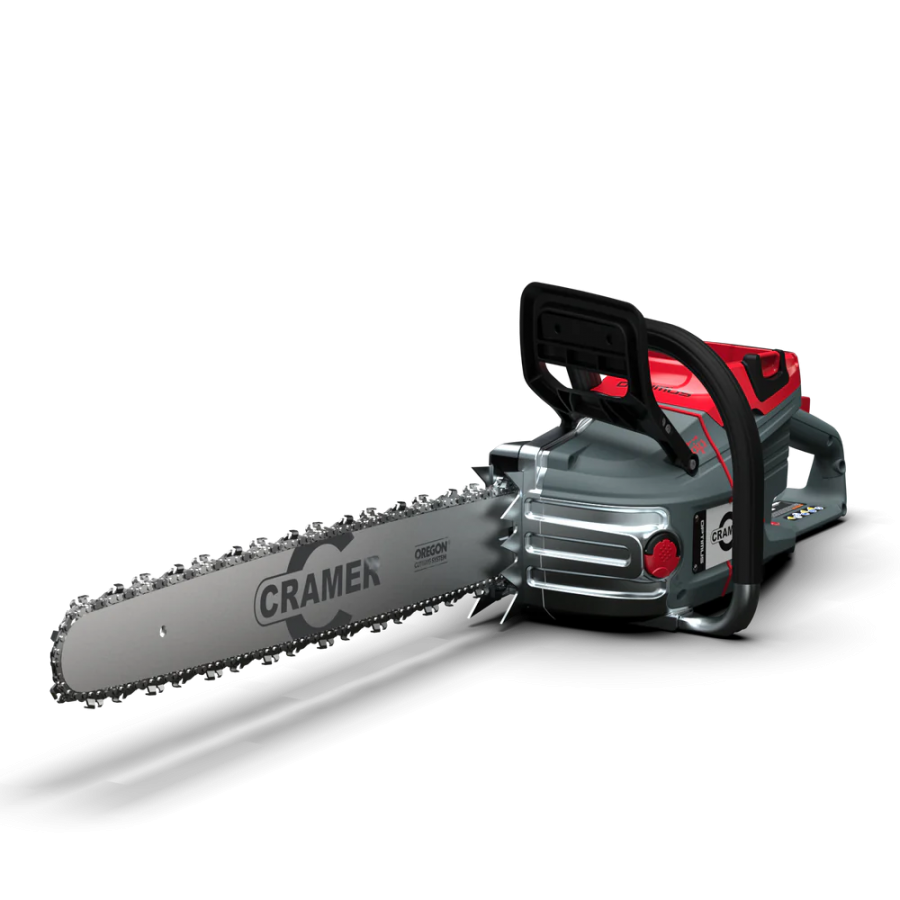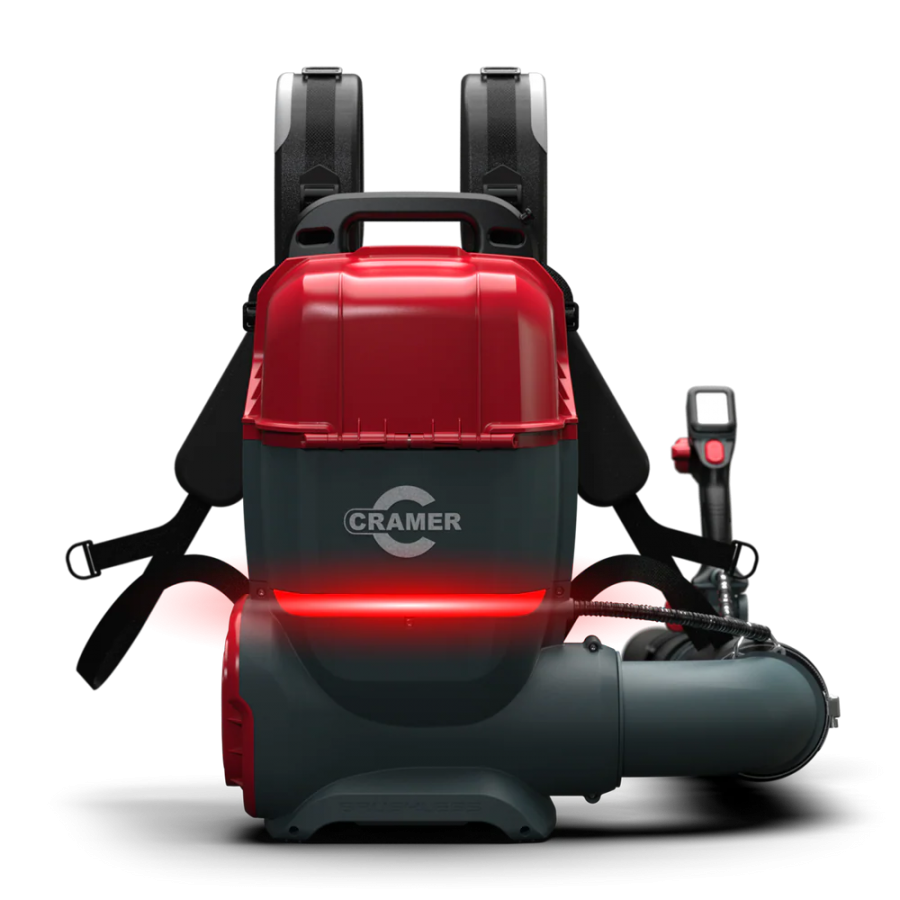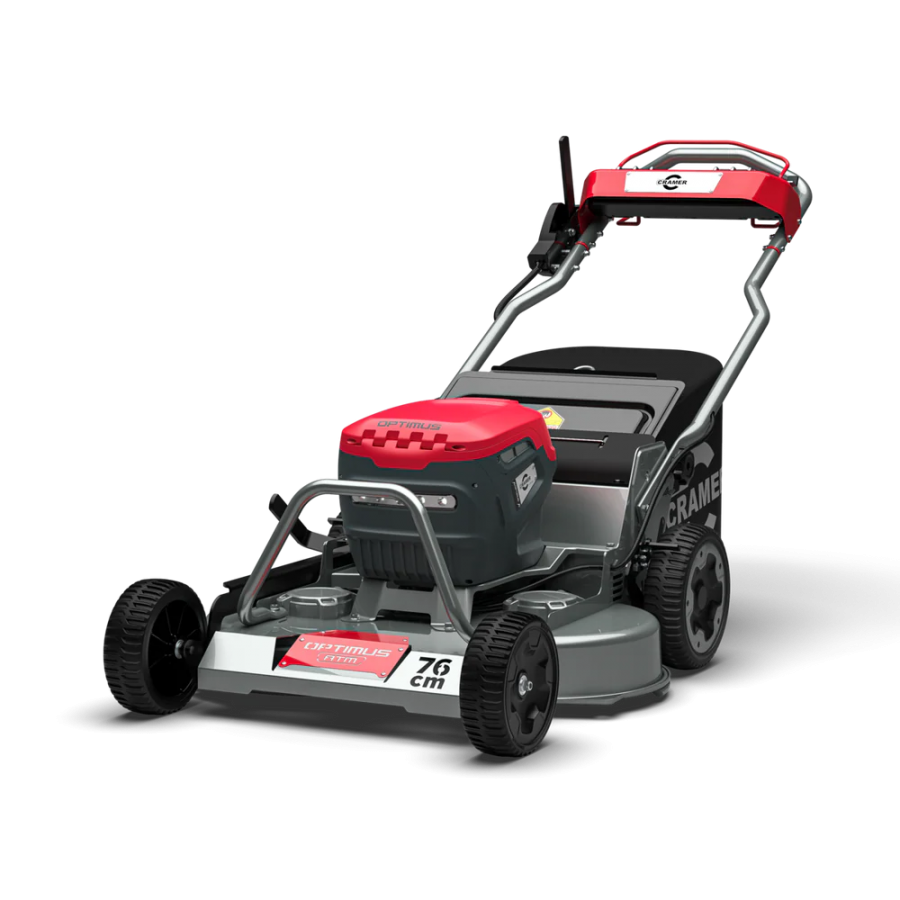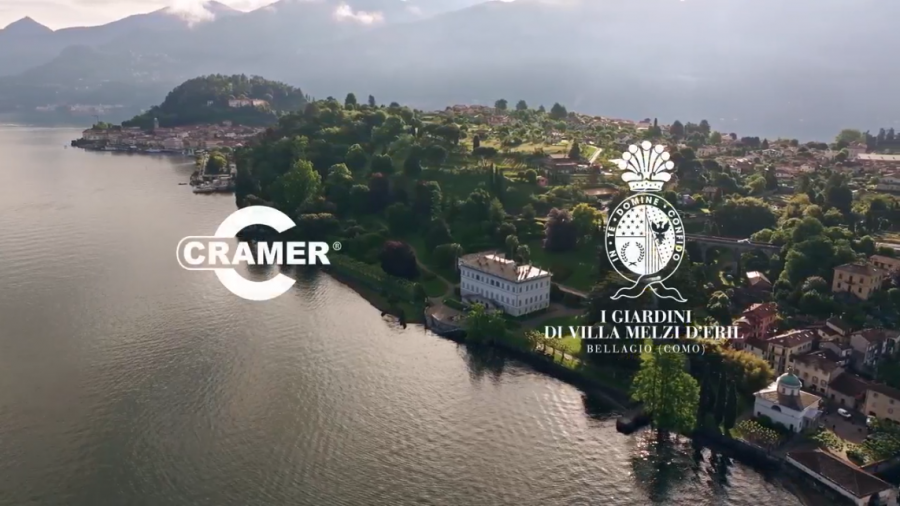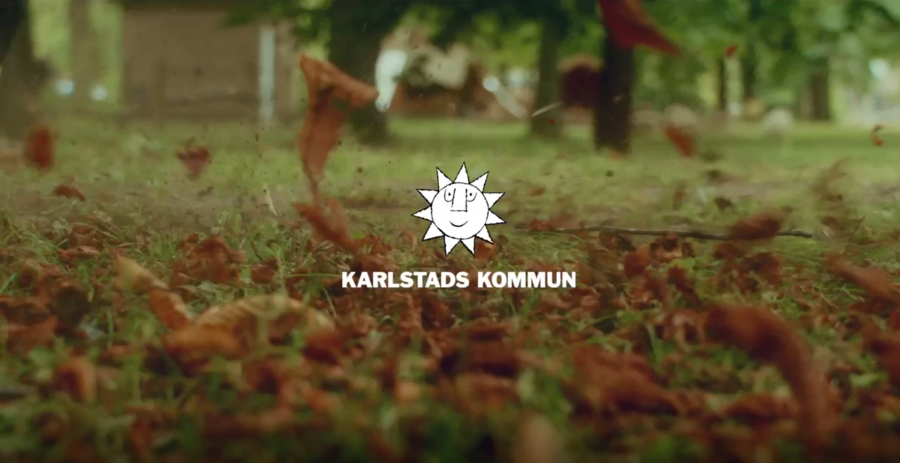Specification on a landscaping project is vital to provide detailed instructions on construction, intent and performance, a clear definition of materials, and ensuring certain standards are met.
However, landscaping products specialist, Boughton, believes more education is needed around soil specification to make sure landscapers and designers know exactly what they are getting and how it will impact their project.
In fact, very often, those responsible for specifying on a job may not be entirely clear on the make-up of the soil that arrives on site and are unaware that adhering to BS guidelines doesn’t necessarily guarantee a higher-quality soil, simply one that conforms to the bare minimum required by the industry.
Boughton stresses that the process of clearly defining the most suitable materials for the job is invaluable and has a strong bearing on the end result. Equally, the Kettering-based supplier – an advocate for the benefits of natural topsoil – highlights how making more sustainable choices around the soil you use on site can have a huge impact on the quality of the finish you deliver to clients and the protection of vital natural resources.

Know what you’re getting
The growth in popularity of soil substitutes over the years has tended to drown out the voice of natural soil, meaning that many in the industry aren’t as well informed as they could be about the advantages using a natural single-source topsoil can have on a project – and some may not even realise that what they have specified is a soil substitute.
Equally, in many cases, contractors and landscapers are specifying according to BS standards, assuming this is a mark of quality, rather than simply being the base standard that the industry must conform to.
Boughton Business Development Manager, Jason Lock believes more awareness is needed. He says: “In many instances, specifiers may be completely unaware that the soil substitutes they are using are not a topsoil. BS3882:2015 is a mark of conformance and is not a standard of quality, which means, if you just specify BS3882:2015, you may not realise that you are likely to get a manufactured soil or soil substitute.”
Of course, there are times when soil substitutes are required on a project, including for use on green roof applications, when weight restrictions can apply, or a lower nutrient content is needed to prevent plant overgrowth. On these occasions, engineered green roof substrates, specifically designed according to their usage, are ideal and will feature properties essential to their purpose. Boughton boasts a wide range of green roof substrates, including its Biodiverse Substrate, which has been designed to support a more in-depth plant community, such as selected wildflowers.
The worry, explains Boughton, is that, for other more general landscaping projects, some specifications are far too vague, with added confusion over the definition of topsoil. As a result, the company urges designers and landscapers to be more specific about soil requirements to ensure you know exactly what you are getting and how it will impact your project.
Jason comments: “Specification is important to ensure you get what you are thinking you are getting! We often see specifications that come in with the soils being specified as ‘topsoil to BS3882:2015’. The current BS for soils is very wide: from very sandy soils, to soils with very heavy clay or silt. With such a broad spectrum of texture, and pH ranging from 5.5 up to 8.6, it would be a lottery seeing what arrived on site. It would be the same as just specifying taps for a sink, without being specific. A strong specification would ensure you got what you were expecting – for example, BLS 40 Boughton Screened – Natural Topsoil, Single Source to BS3882:2015.”
What are the benefits of specifying ‘as dug’ topsoil for my project?
The benefits of using a natural soil are significant. These soils have good body and great moisture retention qualities. Natural soils also have a low pH, high organic content and boast both existing and developing organism biomass, which is a huge plus for planting schemes, as microbial activity is crucial to the development and growth of flora within a soil.
Some natural topsoils have been establishing themselves for thousands of years and, as a result, have a robust, well-developed humic content, nutrient content and microbial diversity. The nutrient balance has had time to level out and cycle on a natural rhythm, meaning a well-sourced natural soil won’t need a development period once it has been installed on site and will have nutrients that are accessible for host plants from day one.
A range of natural topsoils are ideal for large-scale ground-level planting projects, amenity grasslands, and landscape renovation works; with the added benefit that they are also suitable for areas where permanent irrigation has not been specified, thanks to excellent moisture and nutrient retention capabilities.
Jason comments: “There are instances where it may be a requirement to have a very specific soil type or structure for a project; and that is where a soil substitute works well. However, for the vast majority of planting schemes within the UK, a natural soil would be perfectly suitable and/or better for the project.”
Making a responsible choice
As an established supplier to the amenity, construction and landscape sector for more than 35 years, Boughton has a passion for natural and sustainable products that deliver superior performance and environmental excellence. The company is leading the way in ‘as dug’ soils and boasts premium natural soils, such as BL 1 – natural topsoil, BLS 2 – natural, single-sourced screened topsoil, , BLS 20 – Natural Topsoil, and BLS Plus, within its impressive portfolio.
Boughton typically sources its soil from pre-construction and construction sites from the counties surrounding its base in Northamptonshire. These topsoils – all of which are completely natural, organic and peat free – are closely inspected and screened before use. Boughton never uses recycled soils because they cannot be relied on to be of a consistent quality.
The re-purposing of this natural, biodiverse topsoil not only provides huge benefits for the landscaping projects it is utilised in but also means this valuable natural resource isn’t wasted or lost. If not taken by Boughton, soils could end up being used inappropriately or end up in landfill.
Boughton’s ‘as dug’ certified topsoil can be supplied with an independent soil analysis, having been tested by independent MCERTS laboratories. The supply chain for Boughton’s soils is fully transparent, with complete traceability.
A full product specification is available for each of Boughton’s Topsoils, Green Roof Substrates, and other landscaping products, making exact specification simple and straightforward. There’s also a section on each product listed online, titled ‘to specify (copy & paste)’, designed to make your job even easier.


